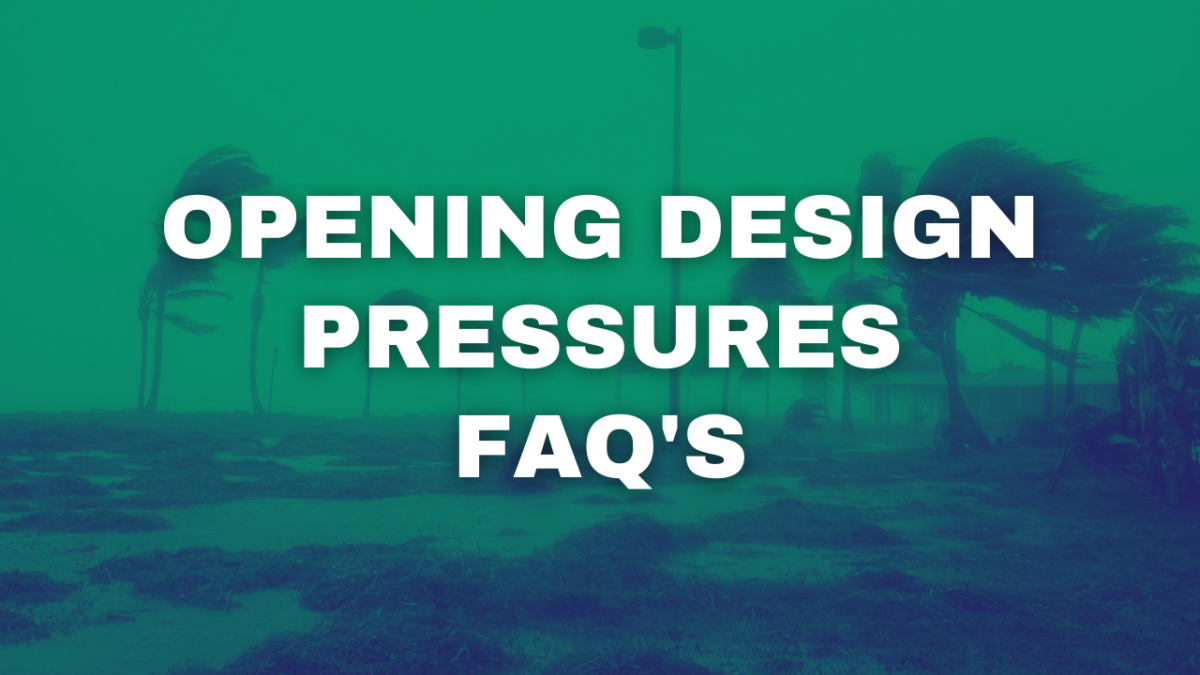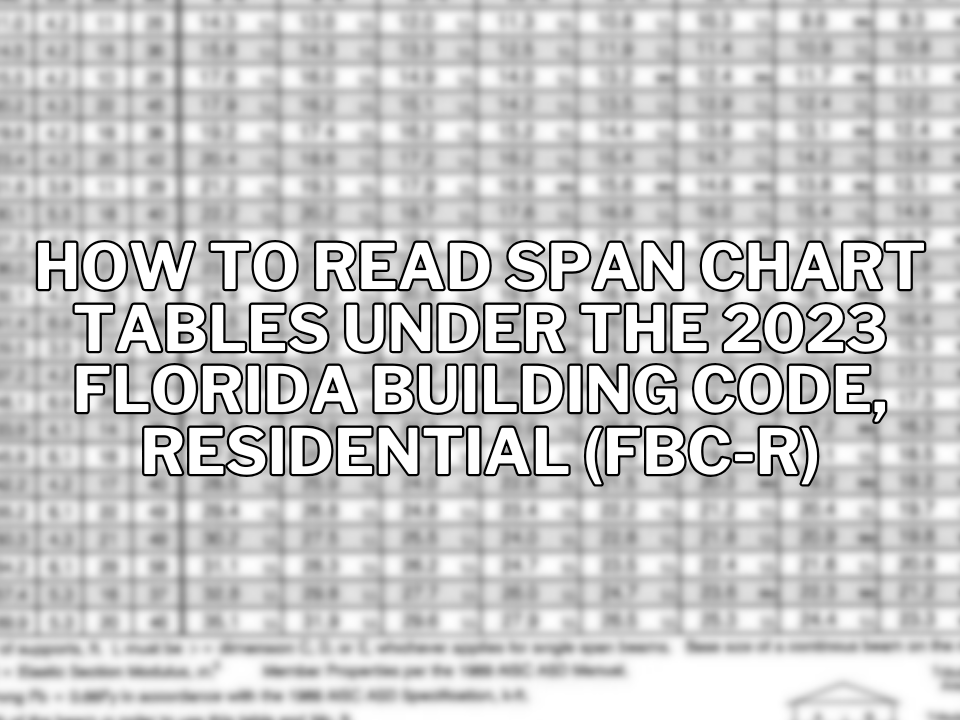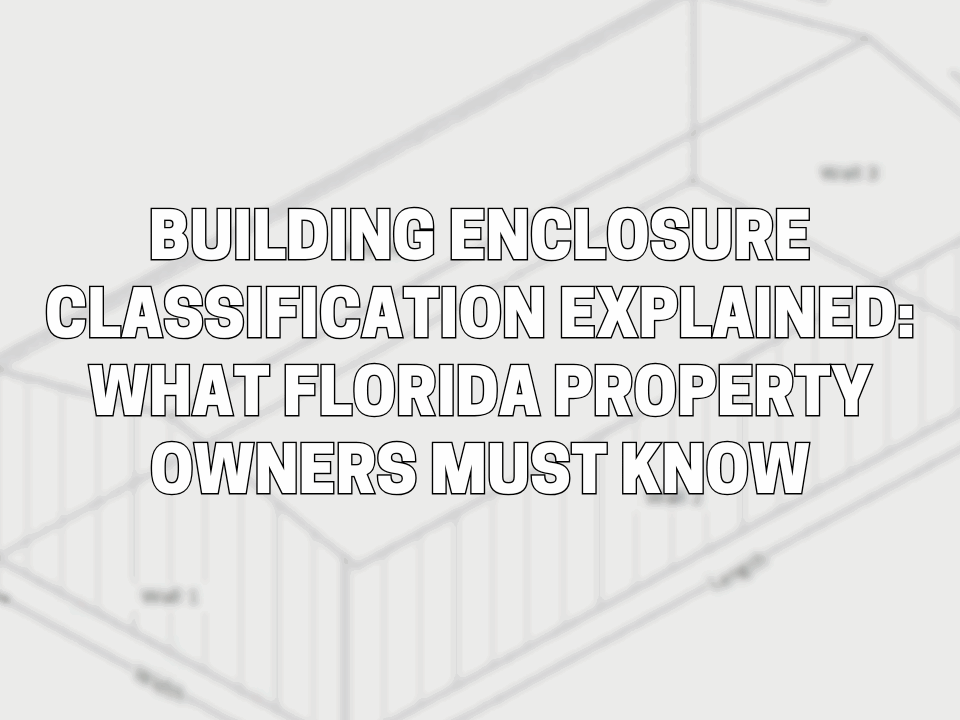1. How are opening wind pressures determined?
- Rational and empirical formulae from ASCE 7-16
- Finite element analysis using computer-based software
- Wind tunnel testing
| Process | Simplicity of Process | Expense | Accuracy |
| a | Highly Simple | Inexpensive | Conservatively Accurate |
| b | Low to Moderate | Slightly Expensive | Accurate |
| c | Moderately Simple | Expensive | Exact |
At Florida Engineering LLC, we specialize in determination of wind pressures by rational as well as finite element methods.
2. Why do smaller areas have higher pressure ratings?
Wind design for an opening considers the effect of a maximum burst of wind over a part of building without considering the whole building. For instance, in a wall with a single hung window, the probability of a maximum burst of wind hitting smaller area of the window is higher than that of the whole wall frame. Hence, smaller the opening area in consideration, higher is the pressure rating in that area.
3. What factors affect opening wind pressures?
Geographic Location
Basic wind speed in a certain region is determined by analyzing statistical data of the region’s weather over a period of 50 years. It is the maximum wind speed recorded in that period. Coastal regions tend to have much higher wind speed compared to many other areas. This results from the fact that there is higher pressure difference between land and water surfaces. During the daytime, for instance, land heats up more quickly than water surface. Warmer air rises above and colder air from above the water surface fills the gap causing the wind speed to be higher.
Exposure category is based on the ground surface roughness that depends on topography and presence of obstructions such as existing structures and vegetation. Such obstructions cause wind speed to reduce thus decreasing the opening wind pressures. ASCE 7 defines exposure categories as follows:
- Exposure B: Roughest terrain with obstructions that are closely spaced such as builtup urban areas, suburban areas, and woodlands.
- Exposure C: Open land with scattered obstructions such as countryside or grasslands.
- Exposure D: Smoothest terrain close to open water surfaces or flat open terrainwithout obstructions such as shoreline.
Clearly, opening wind pressures are highest in exposure D and lowest in exposure B.
Elevation of Opening
Wind pressure increases with the height above the ground as shown in Figure 1. Since there are more obstructions such as existing buildings and vegetation near the ground surface, wind speed is reduced and hence pressure is lower.
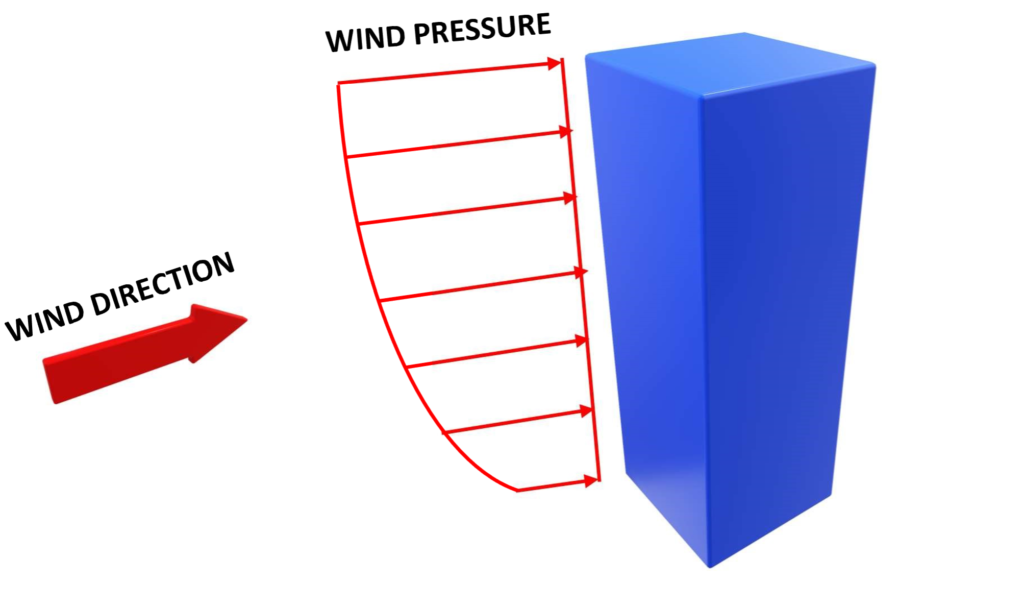
Figure 1: Variation of wind pressure with building height
Position of Opening
Corners or irregular surfaces can disrupt wind flow inducing turbulences and vortices. This creates additional suction force in those corners thereby increasing wind pressure. For example, opening X in figure 2 is positioned close to a corner of the building and hence is subjected to higher wind pressure compared to opening Y which is at a fair distance from a corner of the building.
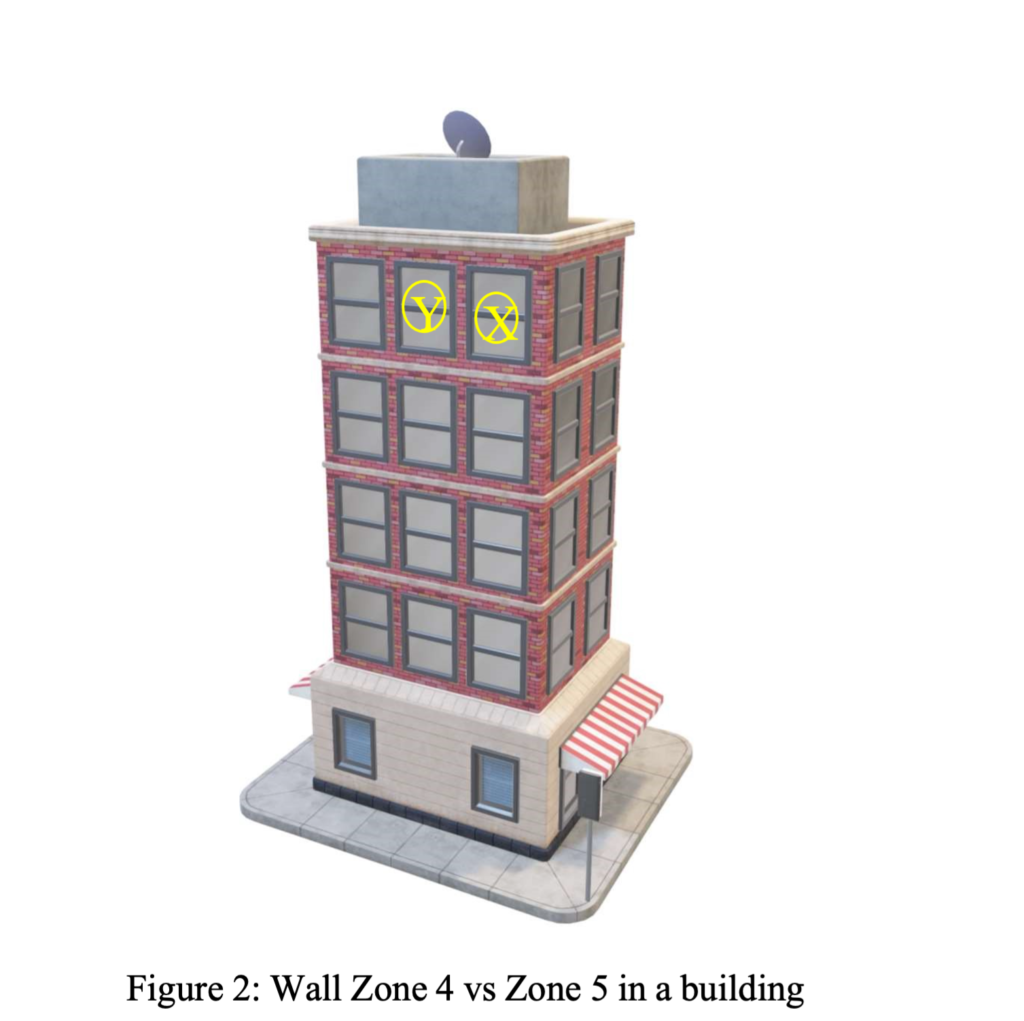
Other Factors
Roof slope: Opening wind pressure increases with slope of the roof.
Enclosure type: Open buildings allow wind to flow through without any interferences and are therefore subjected to negligible wind pressure. Enclosed buildings block most of the wind and hence are subjected to low wind pressure. Partially enclosed buildings are the most critical ones. Wind in this case can flow through the openings but cannot escape, which significantly increases wind pressure in walls and roofs.
4. Why are pressures higher in Miami-Dade and Broward counties?
Miami-Dade and Broward counties are parts of High Velocity Hurricane Zone (HVHZ). These areas are more prone to extreme weather and hurricanes than any other areas in USA. Hence, the wind speed and consequentially wind pressures are higher in these areas.
5. What is the difference between ultimate and allowable pressures?
Ultimate wind speed is the “3-sec gust speed at 33 ft above the ground in Exposure C”. Pressures based on this wind speed are ultimate pressures.
Allowable pressures are 60% of ultimate pressures. These are calculated because most manufactured products come with specified allowable pressure values.
References:
- ASCE 7-16: Minimum Design Loads and Associated Criteria for Buildings and Other
Structures





